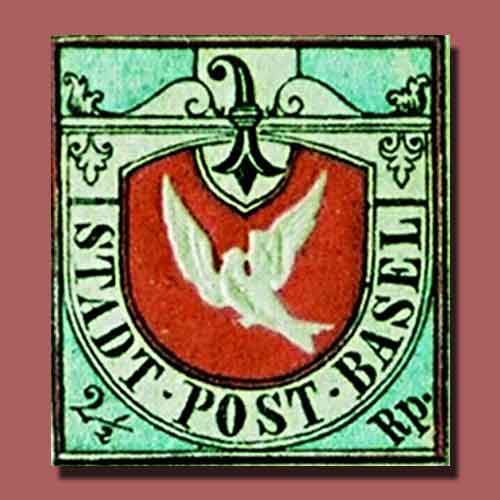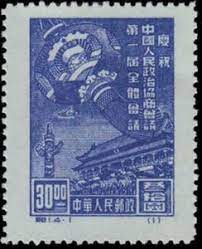
af Vagn Juhl-Larsen | okt 5, 2023 | Stamp of the day
From around 1855 – 1860 stamp sheets were perforated with small holes, so that the single stamps could be separated more easily. The perforation was measured according to the number of holes pr. 2 cm. Todays stamp is showing the National Museum in Reykjavik and...

af Vagn Juhl-Larsen | okt 4, 2023 | Stamp of the day
The vast majority of classic stamps that were issued from 1840 until about 1855-1860 were imperforated. The individual stamps therefore had to be cut out of the sheet with scissors. It was a difficult and time-consuming process, which often destroyed the stamps....

af Vagn Juhl-Larsen | okt 3, 2023 | Stamp of the day
Mao proclaimed the establishment of the People’s Republic of China from the Gate of Heavenly Peace (Tian’anmen) on 1 October 1949. The unified administration issued its first postage stamps on October 8, 1949, consisting of a set of four depicting a...

af Vagn Juhl-Larsen | okt 2, 2023 | Stamp of the day
Mao Zedong first appeared on a stamp from China in 1944, at a time when his Communist forces had been cooperating (for the most part) with the Nationalist Government for seven years against the Japanese forces invading China. These first stamps were very primitive....

af Vagn Juhl-Larsen | okt 1, 2023 | Stamp of the day
The first new designs of the Republic of China were two commemorative sets of 12 each, the first set depicting Sun Yat-sen and second Yuan Shikai, both issued on 14 December 1912. Todays stamp is the 1 cent issue from the first set depicting Sun Yat-sen. CV is 1,50...








